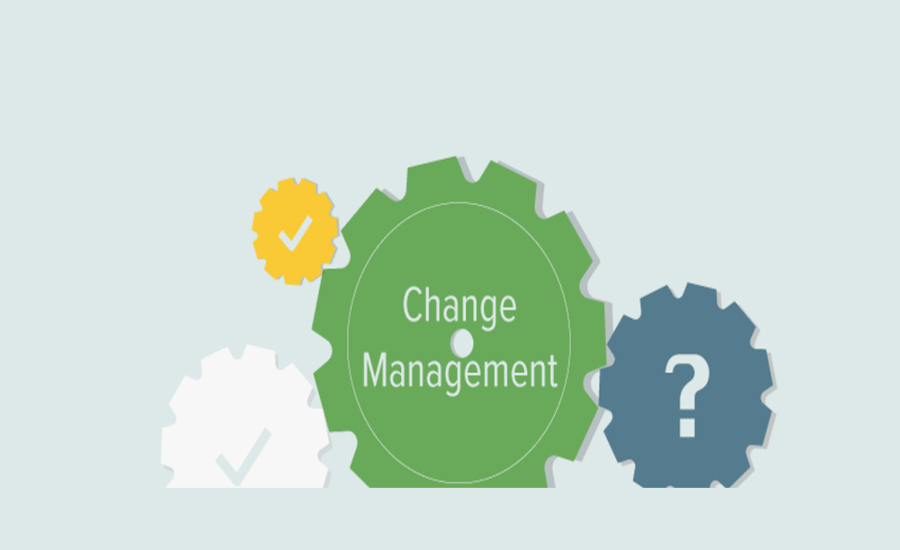Change is a constant in today’s business world. Whether it’s embracing new technologies, shifting business priorities, or rethinking organizational structures, how a company manages these transitions can make all the difference. Effective change management is about more than just handling change—it’s about driving it in a way that aligns with the organization’s goals while minimizing disruption and maximizing employee engagement.
Why Change Management Matters
Studies show that 70% of all transformations fail due to poor change management (McKinsey & Company). This statistic underscores the importance of having a structured approach to guide organizations through change. Companies that don’t invest in effective change management risk higher levels of employee frustration, reduced morale, and even decreased productivity.

On the other hand, organizations that excel in change management see 6 times more successful project outcomes than those who don’t (Prosci, 2022). This success translates into not just reaching project goals, but also building a culture of resilience and adaptability.
The Core Elements of Change Management
-
Communication is Key
Whether it’s a new system, a company-wide restructure, or a shift in business direction, clear and consistent communication is vital. Employees need to understand why the change is happening, how it will affect them, and what their role is in the process. Research from Harvard Business Review suggests that 70% of employees cite poor communication as the reason for their resistance to change.
One notable example comes from Coca-Cola, which underwent a significant transformation in the early 2000s. By ensuring constant, transparent communication, employees at all levels understood the rationale behind the changes, leading to smoother adoption. -
Leadership Drives Change
Leadership plays a crucial role in any change initiative. Leaders must be visible, accessible, and actively involved in the process. Their commitment is crucial in shaping how employees perceive the change. If leaders are engaged and show a personal commitment to the changes, it signals to the rest of the team that these changes are important.
When Satya Nadella took over as CEO at Microsoft, he led by example by shifting the company’s culture towards a growth mindset. This cultural transformation involved not just top-down messaging but also empowering employees at every level to adopt new ways of thinking, which contributed to Microsoft’s resurgence. -
Employee Engagement and Buy-in
Change is easier to implement when employees are actively engaged in the process. Research by Gallup suggests that employees who feel engaged are 21% more productive and 59% less likely to leave the organization. When employees understand the benefits of change and feel included in the decision-making process, they are more likely to support it.
A key strategy here is involving employees early on—whether through focus groups, surveys, or pilot programs. For example, IBM regularly gathers employee feedback during periods of change, ensuring they are both informed and heard throughout the process. -
Training and Development
Training plays a pivotal role in ensuring employees are equipped to thrive in the new environment. The introduction of new systems or processes without proper training can cause confusion and slow down productivity. According to Deloitte, organizations that invest in employee training during periods of change see 34% higher productivity and 48% higher employee satisfaction.
For instance, Amazon invests heavily in training its workforce, particularly in the tech and logistics sectors, to ensure employees are prepared to handle new technologies and methodologies during organizational shifts. -
Feedback and Continuous Improvement
Change management doesn’t end after the initial implementation. To ensure the long-term success of change initiatives, continuous monitoring and feedback are essential. Collecting feedback helps identify gaps, measure the impact of the changes, and make adjustments where necessary.
Google has mastered this by continuously using internal surveys and employee feedback to adjust their approach to change. This adaptability has helped Google maintain its reputation as a top employer, even through times of transformation.
Tools to Enhance Change Management
As change becomes more digital, leveraging technology can help streamline the process. Tools like Slack for communication and Asana for project tracking provide real-time collaboration and transparency. Furthermore, HR analytics platforms like Workday allow organizations to track employee sentiment and engagement, giving HR teams data-driven insights on how well employees are adjusting to change.
Best Practices for Successful Change Management

-
Develop a Clear Roadmap:
Before embarking on any change initiative, it’s crucial to have a well-thought-out plan. This includes outlining specific milestones, timelines, and success metrics.
-
Empower Change Agents:
Appoint change champions across departments who can provide on-the-ground support, answer questions, and promote a positive attitude towards change.
-
Celebrate Milestones:
Recognizing and celebrating small victories helps build momentum and keep employees motivated throughout the change process.
-
Monitor and Adapt:
Change is dynamic. Continuously monitor the success of the change and be willing to adapt your strategy based on employee feedback and results.
Conclusion: Embrace Change, Don’t Fear It
Navigating change can be challenging, but with the right strategies in place, organizations can turn change into an opportunity for growth. By focusing on clear communication, leadership, employee engagement, training, and continuous feedback, businesses can ensure that their transformations are not only successful but also sustainable.
The future of work will undoubtedly be shaped by the ability of organizations to manage change effectively. Those who can manage it well will not only thrive—they’ll lead the way forward.
